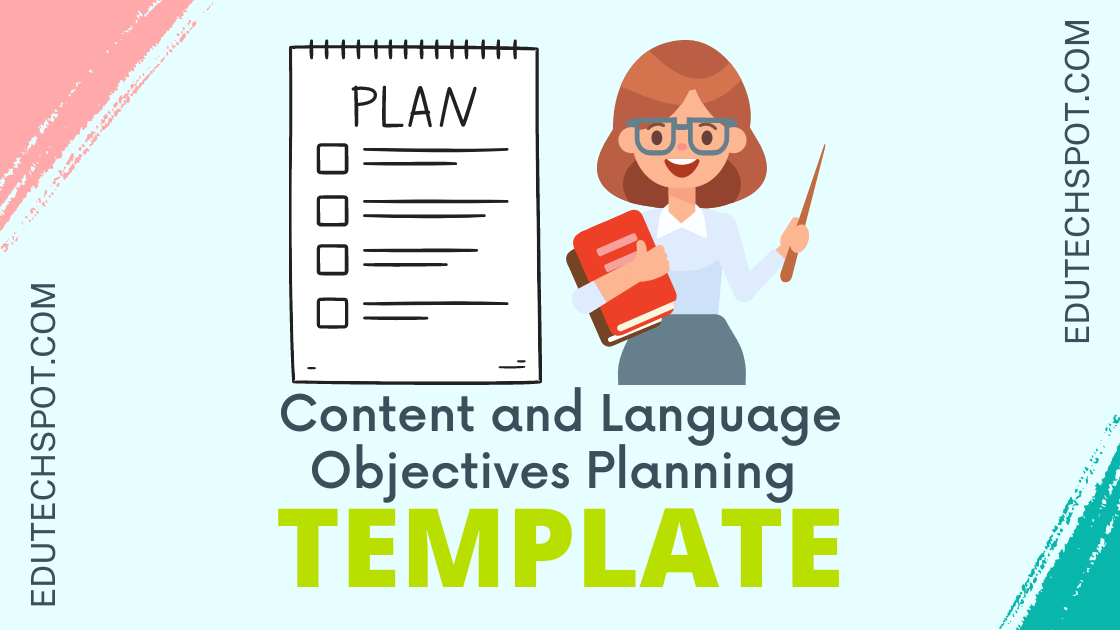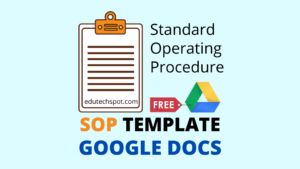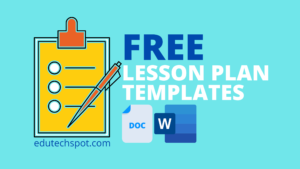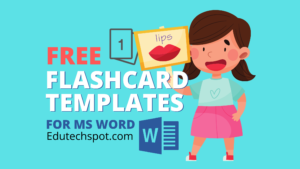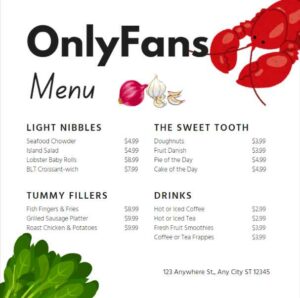Content and Language Objectives Planning Template. In this post, I am presenting a comprehensive guides on planning and writing content and language objectives. There are definitions, steps, samples, and template files that you can download and edit them the way you like so that you find that this Content and Language Objectives Planning Template useful.
Hello, instructor! Thank you for visiting! I’ll present you how to develop goals for lesson plans in this article. Creating objectives, as simple or tiresome as they may seem, is the most important component to consider while planning your courses. The learning objectives provide a clear picture of what has to be taught. They’re quite crucial. Why? You’re effectively leaving your pupils out of the picture if you don’t have them. You end yourself focusing all of your attention on a standard that has to be taught. There’s a box that has to be ticked.
Do you have any idea what I’ve discovered? Those lessons that I “whipped up” without adding goals were mostly ineffective. (I’m just speaking from personal experience.) I didn’t have a clear idea of what I wanted to accomplish. The point of arrival. I wasn’t sure what I expected my pupils to accomplish. As a consequence… My pupils had no sense of control over their learning and had no idea where the class was heading. They were worried since they didn’t know what they were supposed to do. And I had the impression that I was merely passing the time.

Content and Language Objectives Planning Template
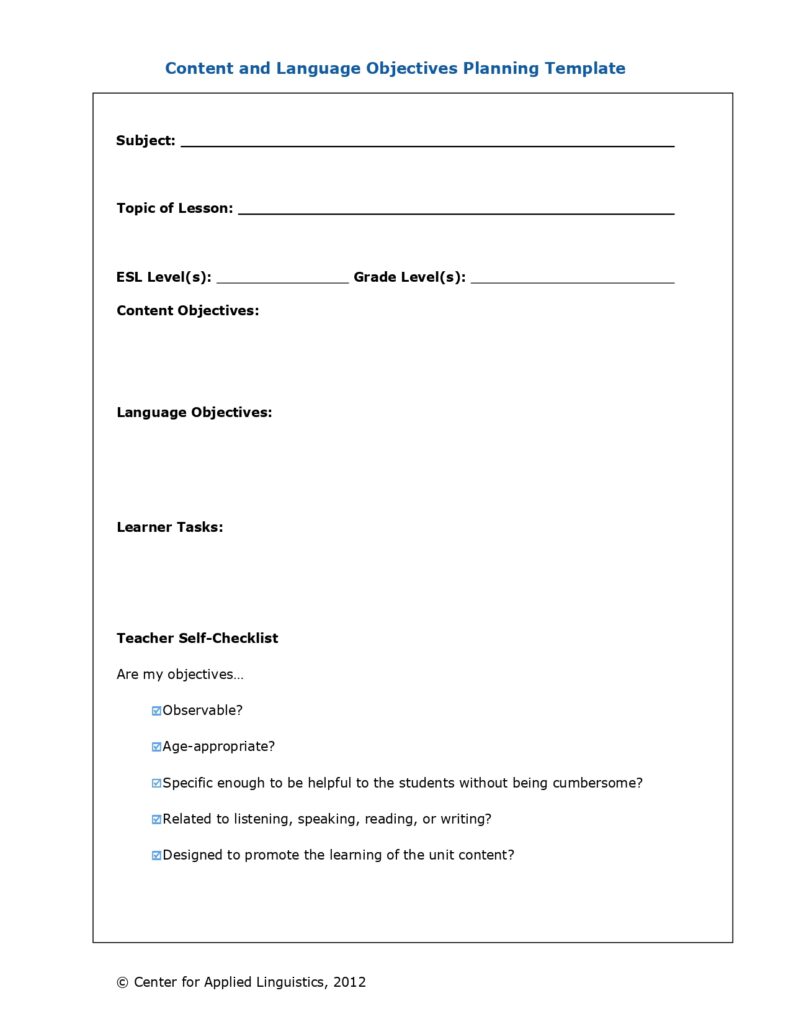
Content and language objectives planning template that you can download or copy to your Google Drive so that you can edit it further.
Content and language objectives ppt
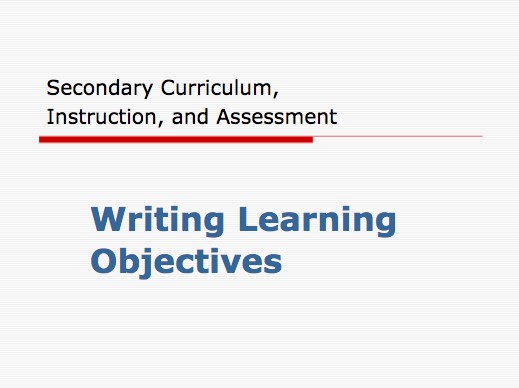
Content and Language Objectives in Powerpoint that you can download or copy to your Google Drive so that you can edit it further.
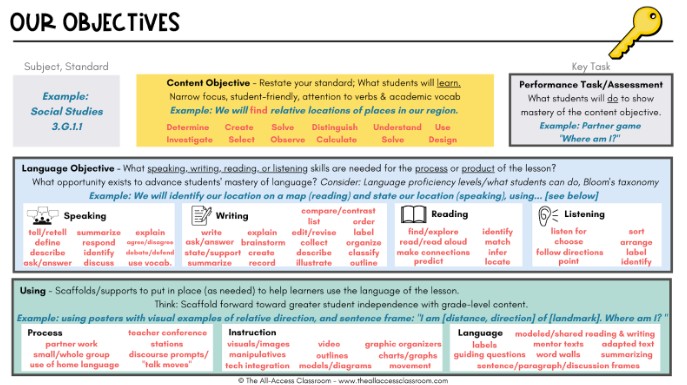
Content and Language Objectives Planning Template Google Slides that you can download or copy to your Google Drive so that you can edit it further.
Language objectives for math
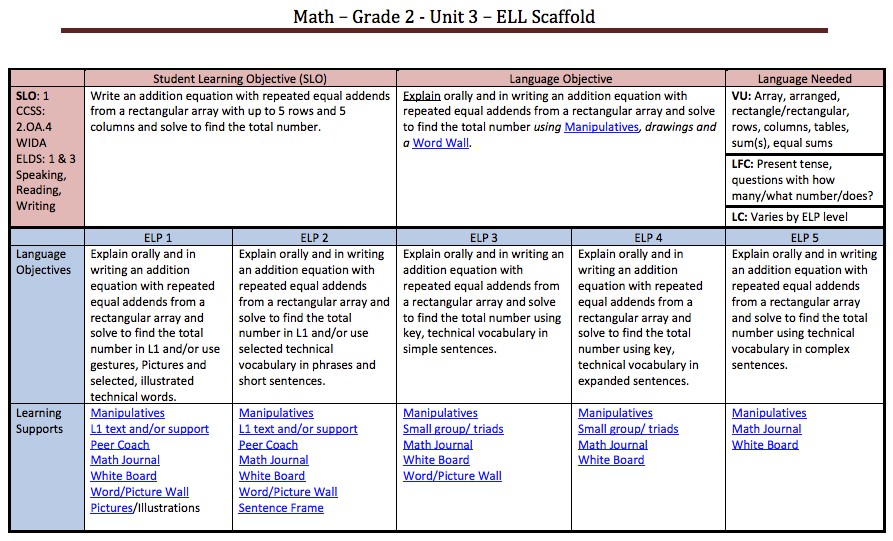
Math and language goals might be difficult to come up with, particularly if you don’t want to tell pupils what they’ll be studying right away. Content and linguistic goals are also necessary for every class if your school follows the Sheltered Instruction Observation Protocol (SIOP) paradigm. The Standards for Mathematical Practice in the Common Core State Standards are a useful resource to utilize when designing content and language goals.
You can use or learn from this language objectives for math example. There are various languages and phrases used to deliver math subject matter more effectively. Thera are some examples presented by educational research too.
Steps for Writing Content and Language Objectives
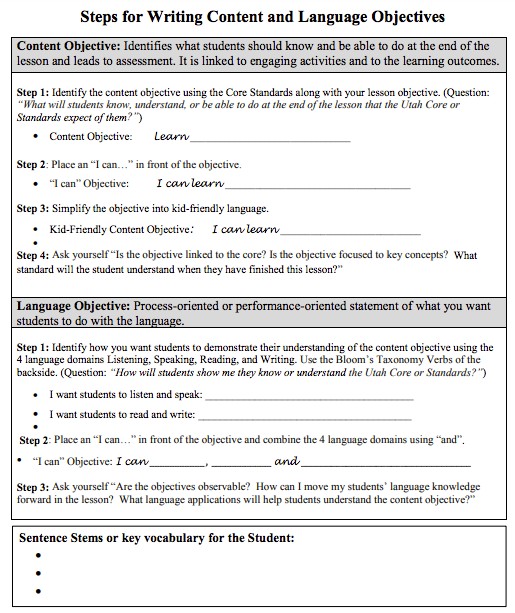
This document contains a comprehensive guides on content and language objectives. There is Steps for Writing Content and Language Objectives, Student Engagement with Content and Language Objectives (before lesson, during lesson, and after lesson), Video observation sheet with questions like:
- How were the objectives introduced by the teacher?
- How did students interact with the objectives?
- What is the Content Objective focus?
- What is the Language Objective focus?
- How were the objectives introduced by the teacher?
- How did students interact with the objectives?
- What is the Content Objective focus?
- What is the Language Objective focus?
- How were the objectives introduced by the teacher?
- How did students interact with the objectives?
- What is the Content Objective focus?
- What is the Language Objective focus?
What are Content Objectives
The discipline’s core desired knowledge is defined by the Content Objectives. Facts, ideas, and/or abilities are often used to describe them. Several sources are used to develop and infer content goals. The National Health Education Standards, state health education standards or guidelines, local school district health education standards or guidelines, and, in certain cases, teacher standards or guidelines are the most prevalent sources in school health education.
What are Language Objectives
The communication abilities (language domains) required to make the discipline’s material understandable are defined by language goals. Language goals might include improving health-related vocabulary, reading comprehension, listening, speaking, brainstorming, summarizing, outlining, and fundamental language mechanics, among other things.
Although instructors typically specify topic goals in their classes, linguistic objectives are seldom discussed. For ELLs, setting language goals is critical. When teaching approaches include language learning strategies, such as the use of language goals, English language learners may more readily acquire information.
Teachers might design language goals linked to core vocabulary, reading or writing abilities, listening, or speaking activities based on their knowledge of the curriculum’s language needs.
Prereading activities, such as previewing the text chapter by examining the section headings and illustrations, and prewriting activities, such as using sentence starters and graphic organizers to record ideas on a topic, are examples of how teachers can assist students learn to read and write in class.
Language objectives for making inferences
Verbs for Writing Content and Language Objectives
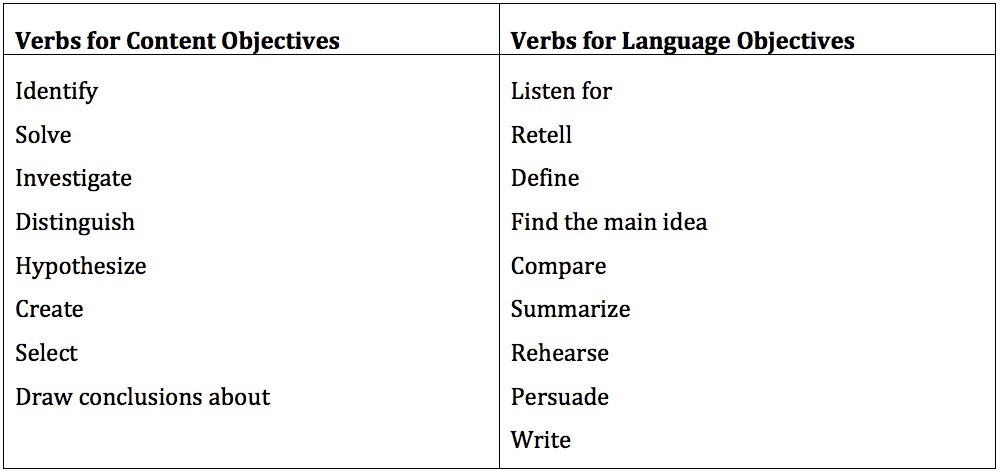
Example of content objective and Learning objectives language

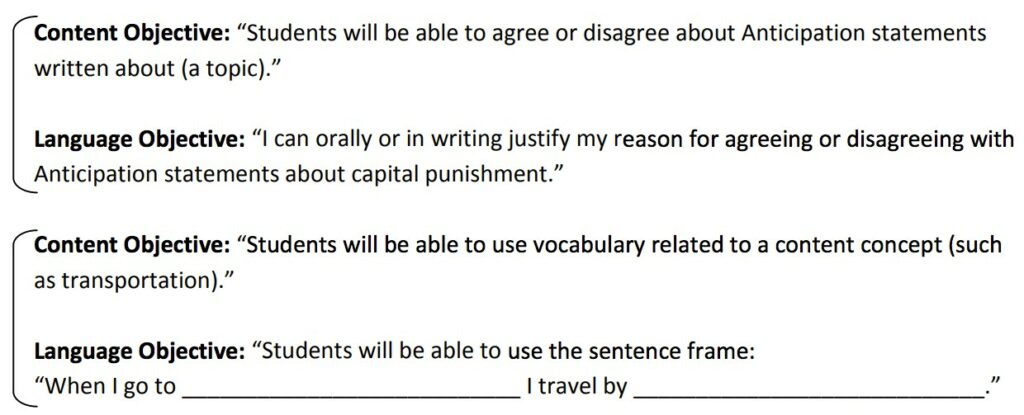
Objectives of English language
Making and publicizing language goals for their classes (whether in the classroom or online in a virtual arena) is one idea that English language instructors may start using right now. Many instructors are aware with the concept of content goals, which are used to determine what students will learn and be able to perform during a class. They are, however, less likely to incorporate language goals that help their pupils’ linguistic growth.
Implementing language goals may be an effective first step in ensuring that English learners, even if they aren’t fluent in the language, have equitable access to the curriculum. This is due to the fact that the second language acquisition process necessitates the language learner being exposed to, practicing with, and then being graded on their language abilities.
Sheltered Instruction Observation Protocol – SIOP
Content Objectives are used to determine what students should know and be able to accomplish at the conclusion of a class, which leads to assessment. It’s tied to fun activities as well as learning results.
Students are more likely to fail if they don’t know what they’re supposed to learn, and they’re also more likely to fail if they don’t know what they’re supposed to do. As a result, having both subject and language goals clearly specified and publicized may assist students succeed.
Finally, subject and language goals must be visible (the instructor or observer must be able to witness pupils actively working toward a goal) and quantifiable (the teacher or observer should be able to determine whether students are making progress toward or have met each objective).
The Content Objective explains what the students will learn in the class. “Today, you’ll study about the reasons of the American Revolution,” for example.
The Language Objective describes how students will learn and/or show mastery of the course via reading, speaking, writing, and listening. For example, you’ll be able to explain how the French and Indian War and the American Revolution are linked.
More Educational Templates
We have some other type of lesson plan templates in edutechspot.com:
Conclusion
Thank you for visiting this page. Hopefully the Content and Language Objectives Planning Template will be useful.
To all my visitors, I have updated the links to the file (pdfs). Thanks again.
